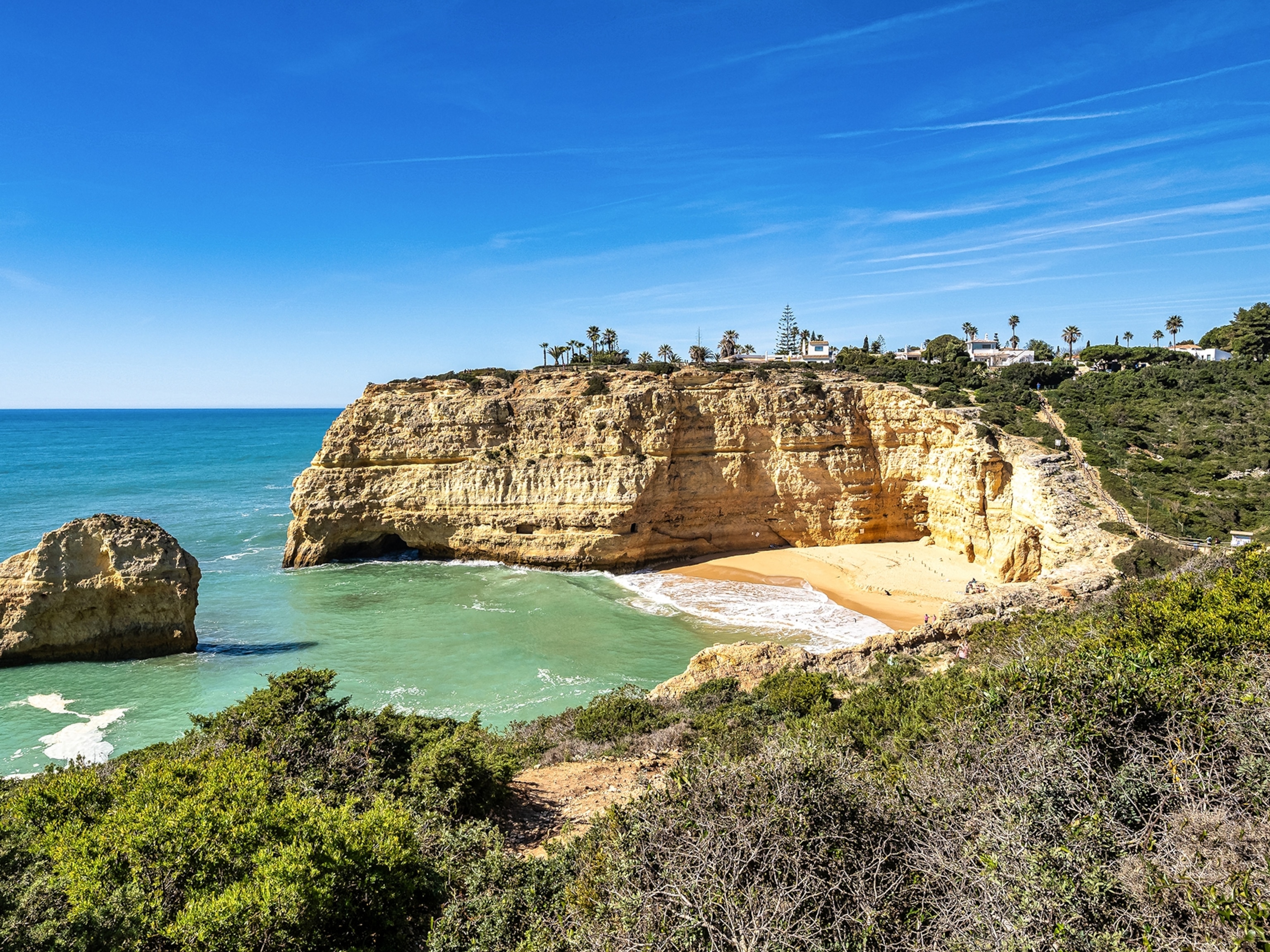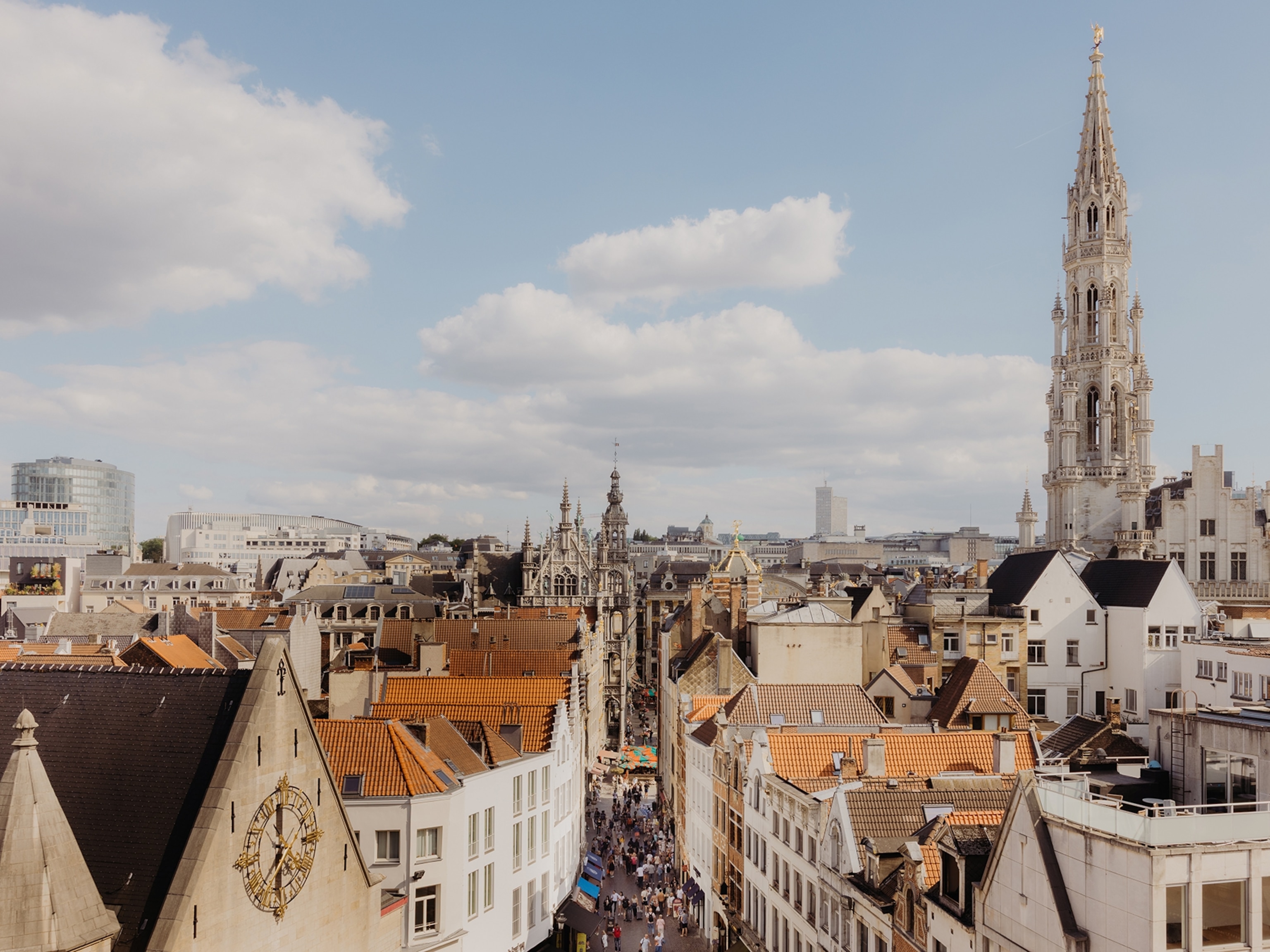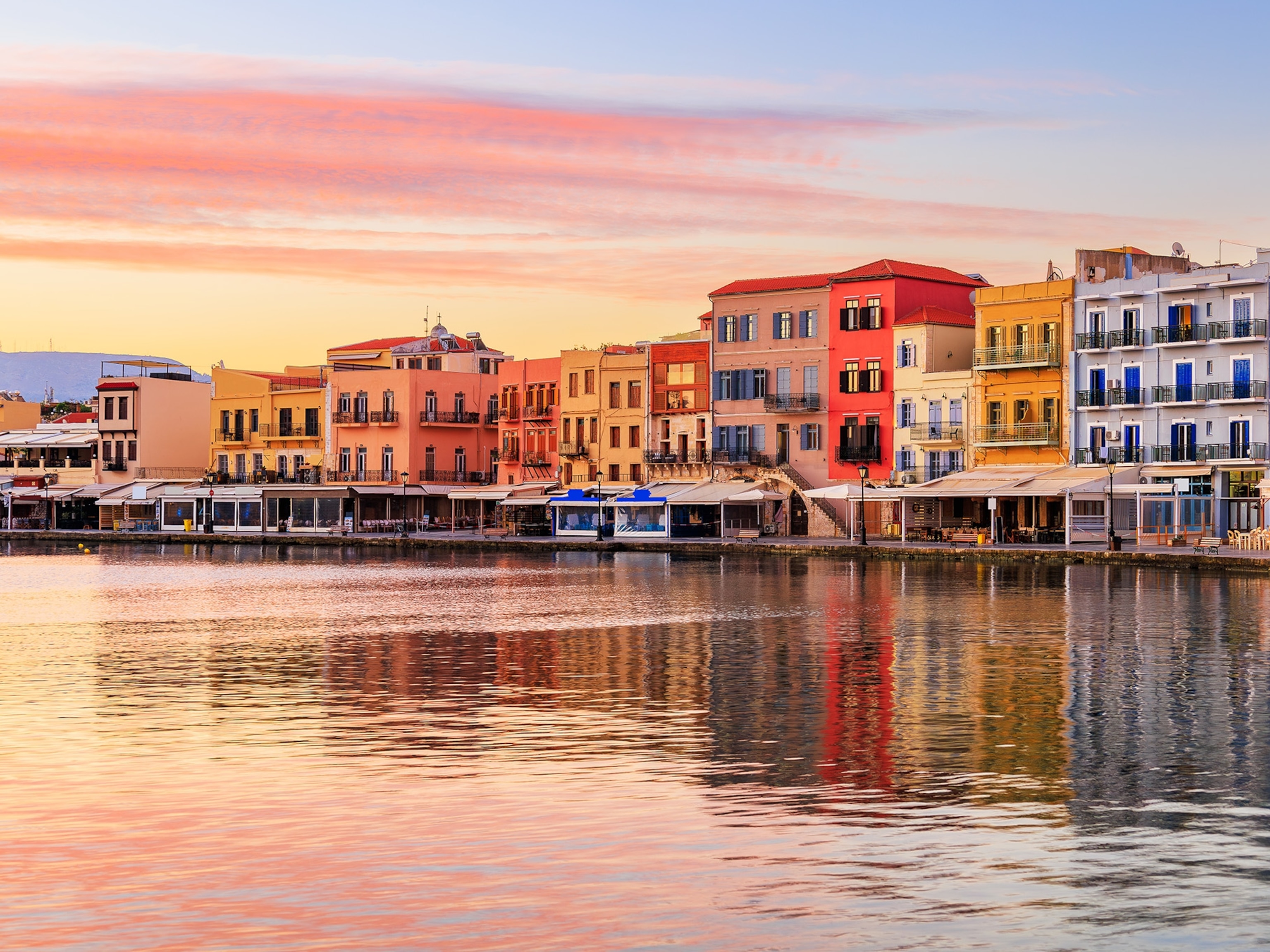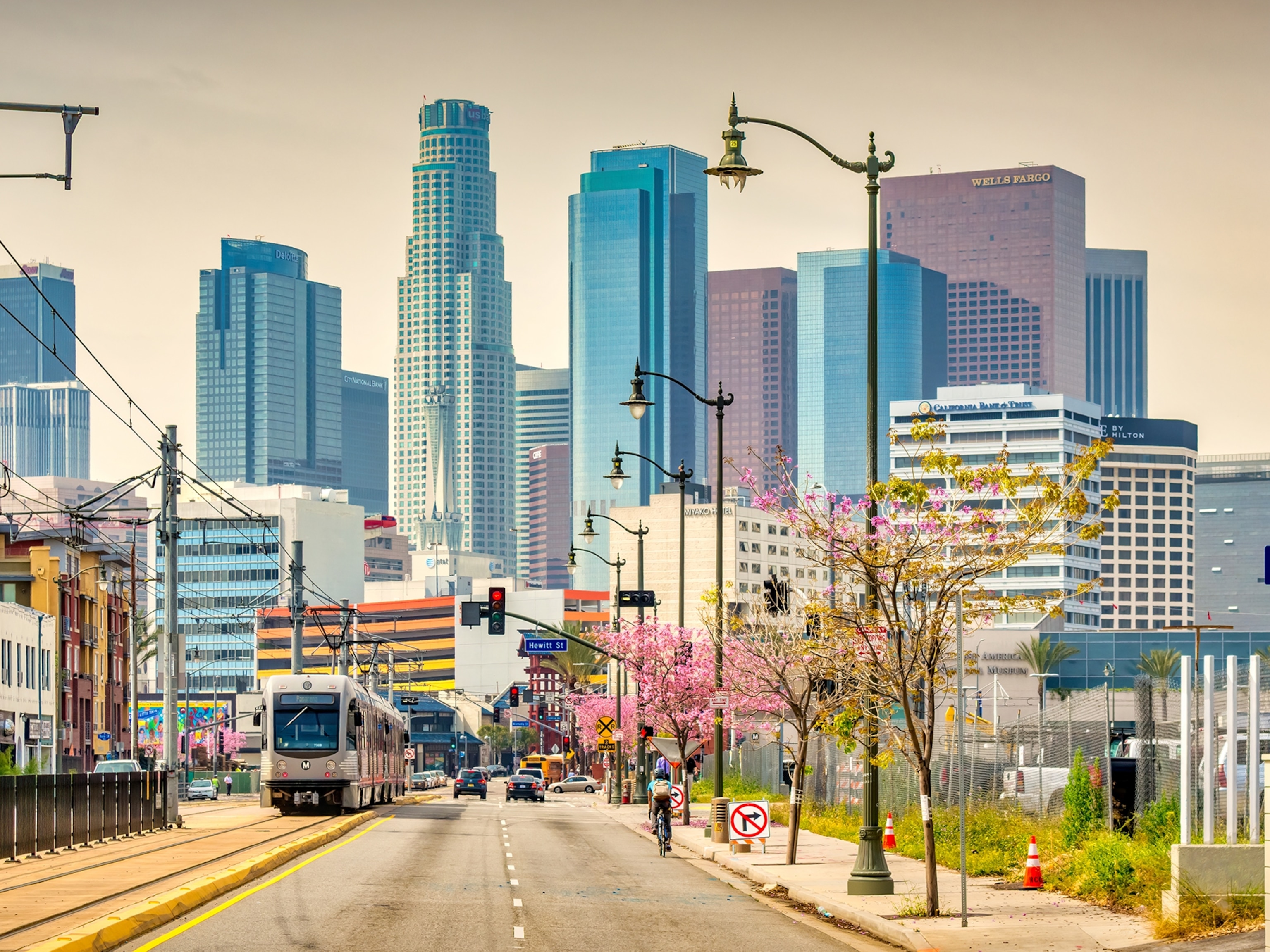
An inside guide to Évora, Portugal’s soulful university city
With its ancient streets, convent sweets and Roman ruins, Alentejo's capital blends rich history with a youthful energy.
Évora, 83 miles east of Lisbon, is a small, medieval-walled city with a grand sense of history. The seat of the Portuguese royal family in the 15th and 16th centuries, its littered with historic sites, from Roman to the remains of palaces. Now, it’s gearing up to step into the spotlight as a European Capital of Culture in 2027, with exhibitions, residencies and performances in the works. But even with this buzz, at heart it remains a low-key, laidback place.
Begin your exploration at the city’s masterpiece, the Cathedral of Évora, whose 12th-century towers dominate the skyline. This brooding building is a mix of gothic and romanesque styles, best experienced by climbing to its roof for views across terracotta-topped neighbouring buildings and sunlit plains.
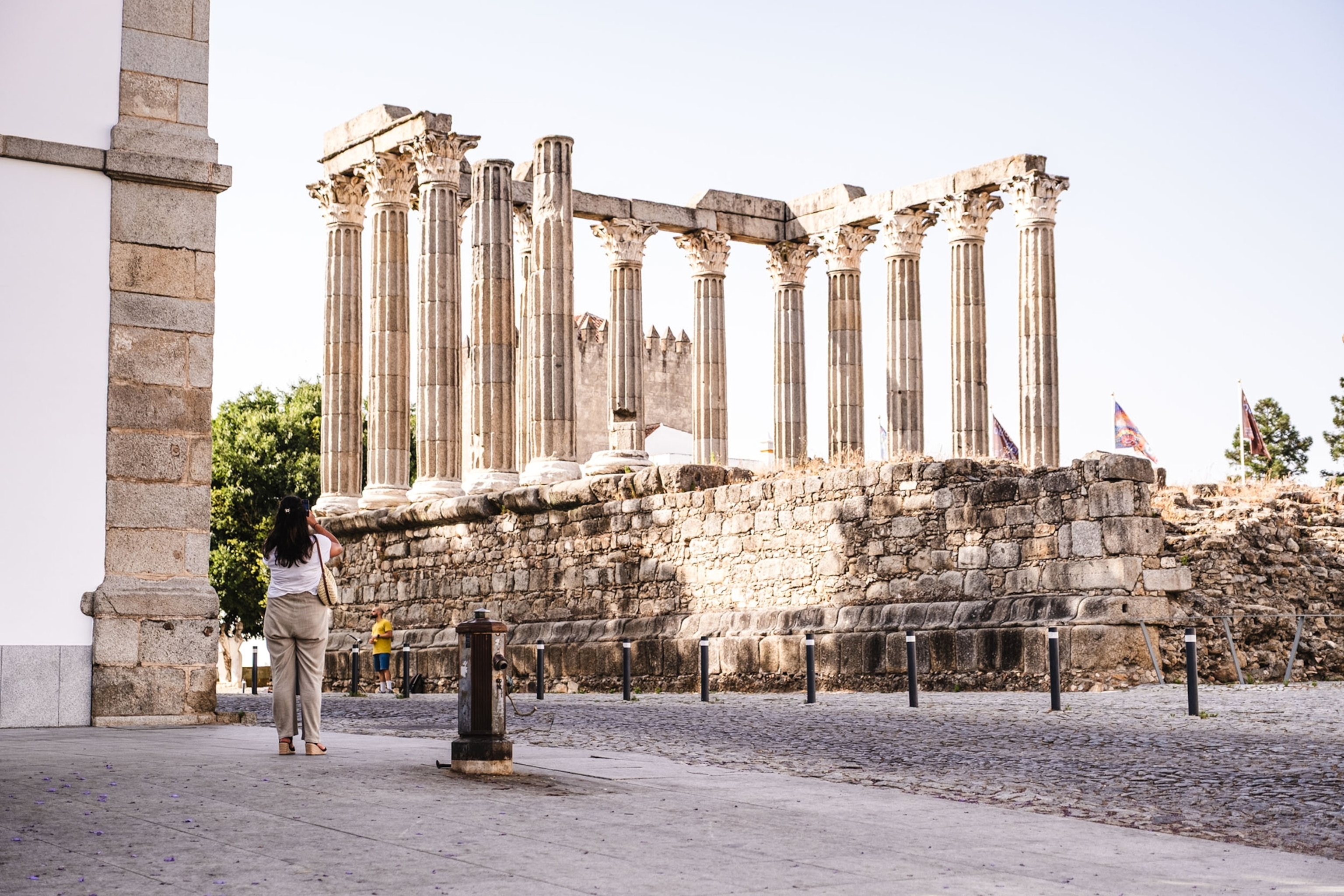
Steps away is the Roman Temple of Évora, a cluster of Corinthian columns erected to honour Emperor Augustus, the founder of the Roman empire. It's also nicknamed Diana's Temple, after a 17th-century priest claimed it was a tribute to the goddess of the hunt.
A short walk south is Évora Museum. Set in a former palace, it’s filled with archaeological finds and religious artworks that illuminate the city’s past. Nearby, things take a darker turn at the Capela dos Ossos — part of Igreja de São Francisco and Portugal’s largest ‘Chapel of Bones’. Decorated with the remains of thousands of monks, it’s a meditation on mortality.
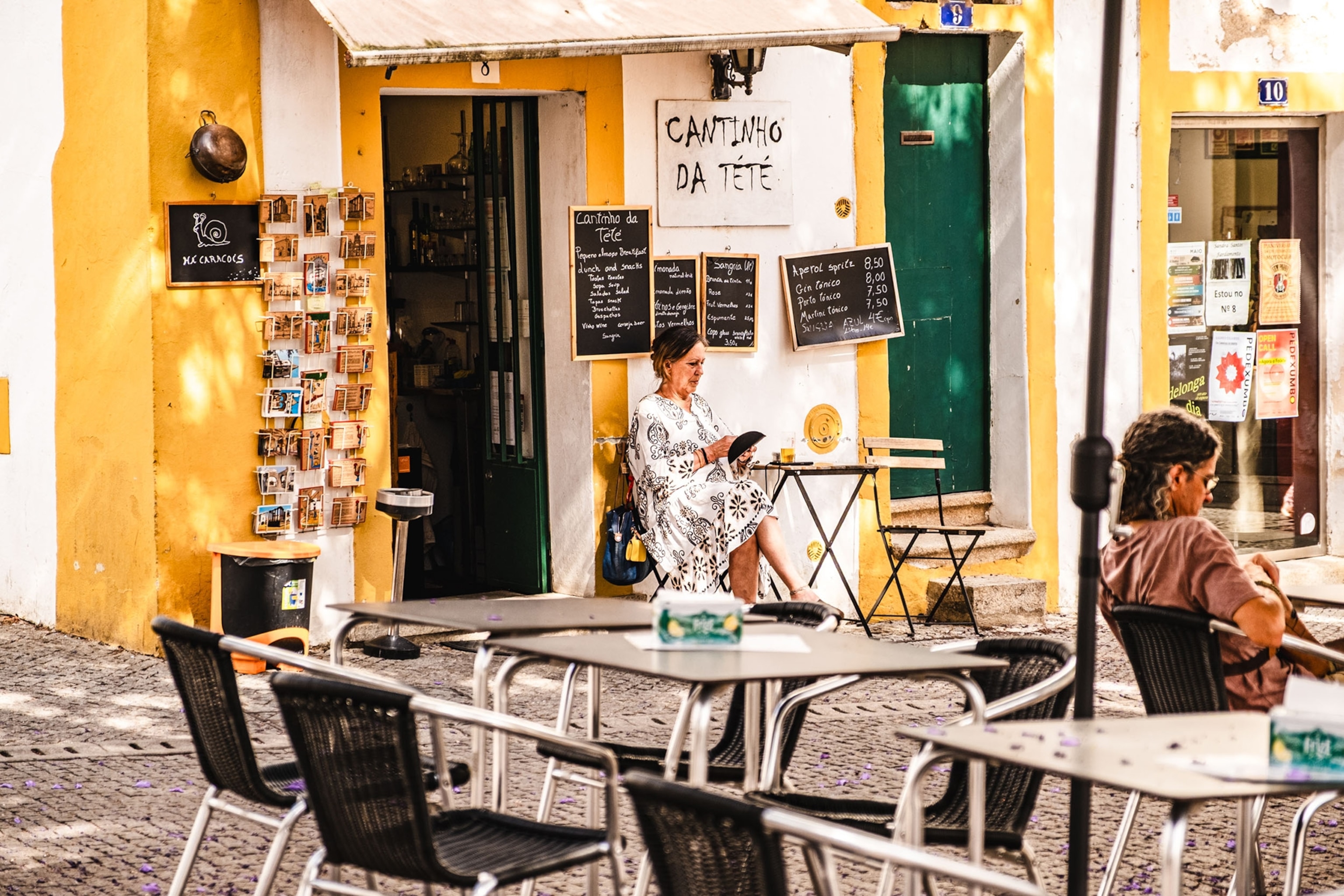
Return to the light and wander along Rua Cinco de Outubro, the main shopping artery, where you’ll find outlets like Gente da Minha Terra and O Cesto Artesanto showcasing a trove of regional goods, from cork products to cowbells. Alternatively, pick up a souvenir at Mercado Municipal de Évora, where stalls brim with local wines and hand-thrown ceramics, along with tangy queijo de évora cheese.
Évora’s food scene is blossoming, rooted in tradition but bursting with fresh ideas. Taberna Típica Quarta-feira serves authentic Alentejan fare in a convivial, no-menu setting — expect rustic dishes like slow-cooked pork and hearty stews at communal tables. Meanwhile, Origens offers ‘forgotten’ local recipes with a modern twist — think farinheira à brás, a hash-like dish made with smoked sausage rather than traditional salt cod.
When the heat rises, cool off with a scoop at Fábrica dos Gelados. This cheery gelateria near Praça do Giraldo specialises in inventive flavours like fig and walnut, all handmade. Nearby, Pastelaria Violeta and Pastelaria Conventual Pão de Rala serve up local ‘convent sweets’ such as marzipan-like queijinhos do céu, following age-old recipes invented by local nuns.
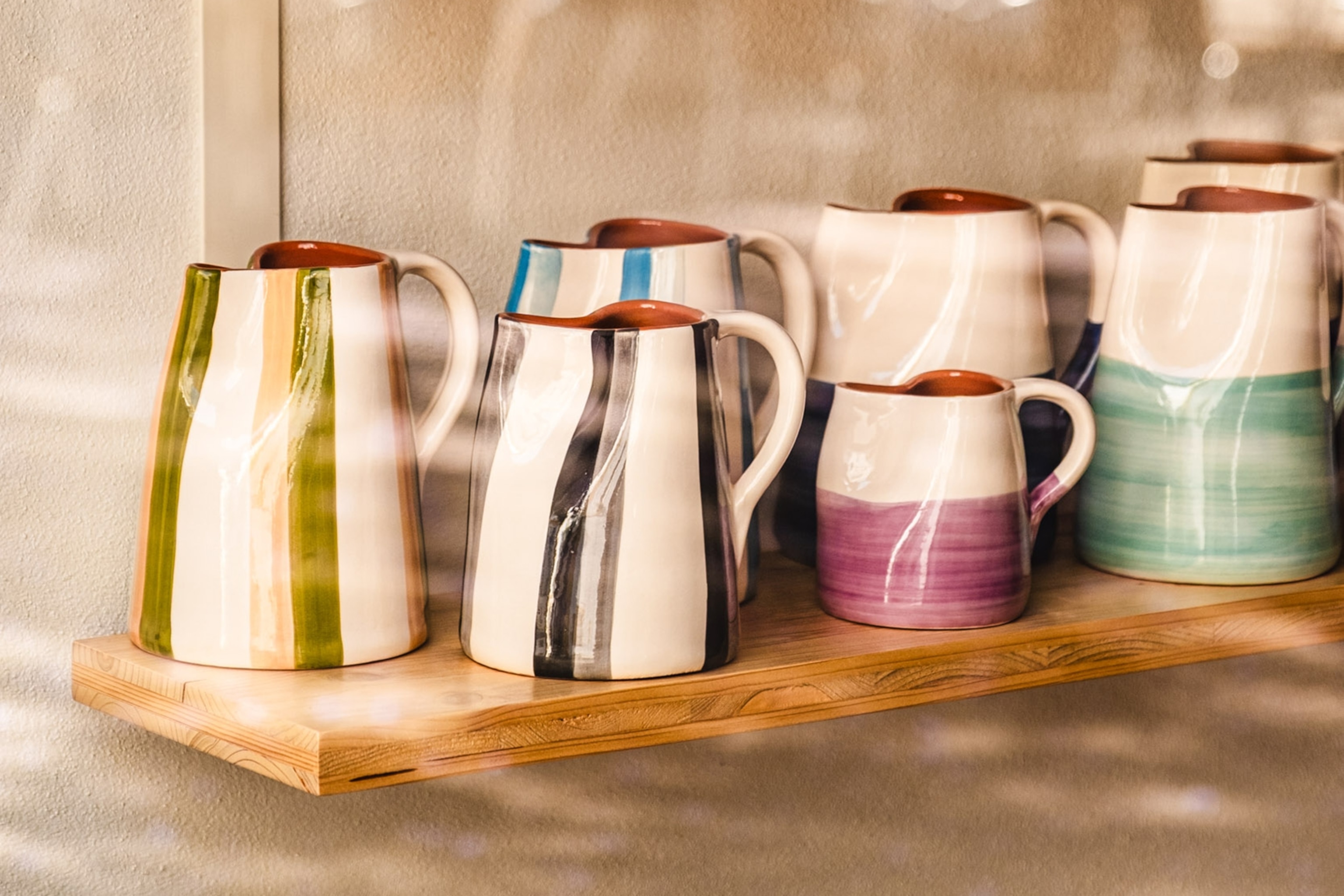
Evenings are best rounded off at Oficina, a moody, tucked away bar transformed into a sleek den by new owners. Its local gins and artful cocktails are a grown-up counterpoint to the university buzz found at places like Bar O Túnel.
To see beyond the city walls, hire e-bikes from Galácio Bike and head south east on the 12-mile Ecopista do Ramal de Mora. This disused railway line-turned-cycle trail winds through sleepy villages and olive groves and along a 16th-century aqueduct. Alternatively, set a course for the stone circle of Cromeleque dos Almendres, Portugal’s Stonehenge half an hour’s drive west. Meanwhile, the Rota dos Vinhos do Alentejo, back in town, can set up guided tours to celebrated local wineries.
Accommodation in Évora is often steeped in history. MouraSuites Hotel offers chic rooms in a 15th-century manor, while Pousada Convento de Évora marries luxurious decor with atmospheric cloisters.
Plan your trip
To subscribe to National Geographic Traveller (UK) magazine click here. (Available in select countries only).

